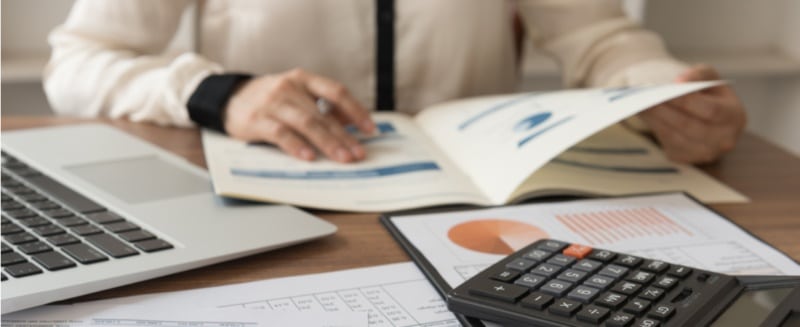Personal finance resolutions for 2013 that will help you save money and get out of debt. Get your finances in order to buy a house.
We’re not even half way through the first month of 2013, but already everyone seems tired of talking about their personal finances.
The last seven years of financial chaos has been nothing but exhausting and if you’ve lost your job, or taken a new job with a pay cut, or perhaps just been through a forced furlough, you probably don’t want to spend one more moment thinking about your money.
We’re hoping you’ve still got the energy or a few small tweaks to your personal finances, but one thing we’ve learned is that the small tweaks can add up to big changes over time.
A year ago, the unemployment rate was at 8.6 percent. It’s now at 7.9 percent, so we’re moving in the right direction. The real estate markets seem to be firming (finally!) and we’re through the presidential election and the first fiscal cliff hurdle.
In other words, it’s time to focus on you. Mortgage interest rates are at or near a historic low, and housing affordability is near a record high. With our annual New Year’s Resolutions in this week’s column, let’s start a conversation about how to make your finances real estate-ready and get your credit in home buying shape.
This year, I resolve to:
• Put myself and my family on a budget we can afford. We hate the word budget, and from the studies we’ve seen, so do most of you. But even if the word “budget” turns your stomach, we’d like you to think about being a smart spender.
Here’s how it works (and there’s no real magic here): Spend less than you earn. Buy in bulk (if it’s cheaper), at sales, and in advance of when you’ll actually need something. (If you wait until the last minute, it’ll generally cost you more to get the same item.) Cook at home more often, and use coupons if you can. Avoid take out foods and save restaurants for special events.
Ilyce’s favorite money-saving game is called “trading down.” Here’s how to play: Each week, try to find a simpler and less expensive way to do the same thing. If you drink a bottle of $25 wine each week, try to find one you like at around $8 to $10 per bottle. If you’re eating out twice a week in restaurants, cut back to once a week or once every other week. If you’re spending $200 per night out (babysitter, dinner, theatre, movie, transportation, etc.), cut that to $100 per night.
The savings are enormous. Ilyce had a caller to her radio show who said they liked to eat out but just gave up ordering beverages, alcoholic or other. They saved $10,000 in a single year.
Just cutting back a little in a bunch of areas will give you plenty of ways to set real cash aside for your down payment.
• Pay off my charge card debts. The average American has around $8,000 in credit card debt. And, most of those have a mortgage, car loan and some sort of student loans to pay off as well. College graduates leave school with nearly $20,000 in credit card debt on top of federal and private student loans. No wonder the rate of student loan defaults has gone through the roof.
While Americans are paying down more credit card debts, the savings rate has been falling as well. Last year, Americans were saving roughly 4 percent of their income. Now they’re saving 3 percent. That number should be higher.
By paying off your debts, you’ll have more free cash each month to sock away for something more important – like a down payment. It’ll also help you sleep better at night knowing that you don’t have to worry about whether there’s enough cash in your checking account to make good on all your bills.
Finally, while you’re paying off your charge cards, remember to pay them on time. Paying on time, over time, is the sure fire way to improve your credit history and your credit score.
• Pay myself first and last. This kind of common-sense advice seems overplayed – everyone hears it but in our experience, most don’t follow through.
Again, it’s not hard to do, but take $50 or $100 bucks out of your checking account at the beginning and end of the month and sock it away in a savings account. If the cash isn’t in your account, you won’t spend it. (And if you have trouble keeping cash in your wallet without succumbing to temptation, don’t take cash out of the ATM.)
The higher-tech way to do this, of course, is to have your bank or financial investment company electronically pull the money out of your checking account each month and send it to a different account. And we’re all about using technology to make you a savvier spender and saver.
Open another savings account at your bank and set up a regular automatic transfer of the cash into that account. Then, watch it grow and grow until you’re ready with the 20 percent you’ll need for a cash down payment. Now, that’s a game worth playing.
[amazon_link asins=’0812927419,B01LXDH29Y,B06XZV3F8F’ template=’ProductCarousel’ store=’thinkglink-20′ marketplace=’US’ link_id=’1300c6fc-2c6f-11e8-9a59-3f32d802dece’]







Leave A Comment